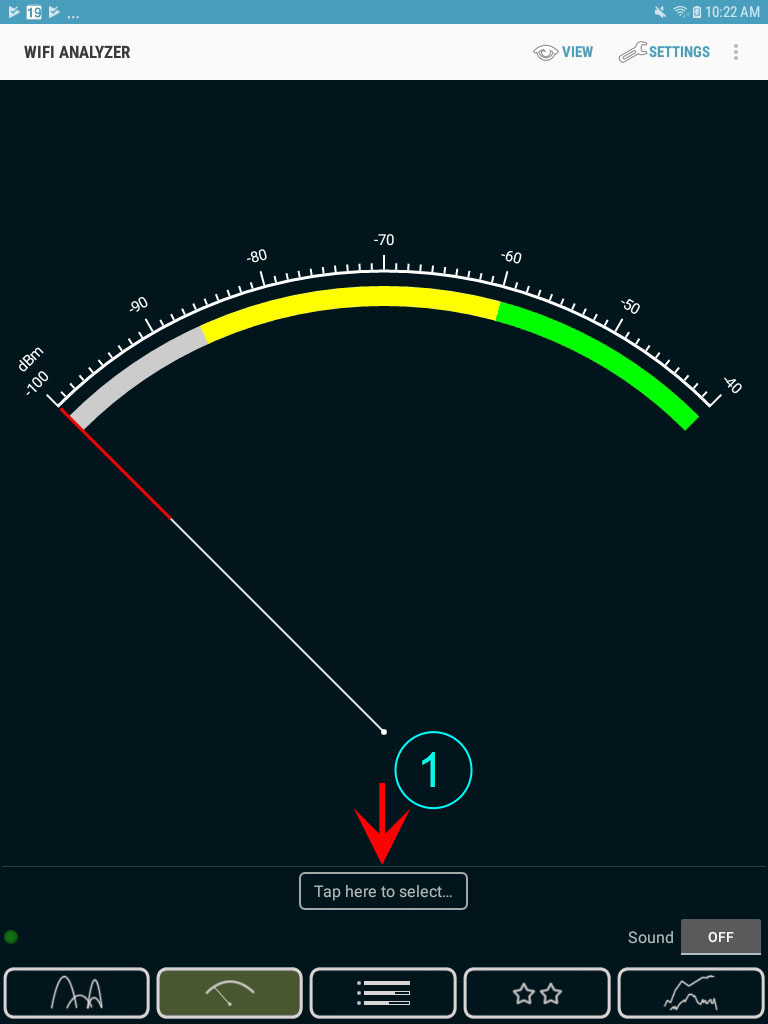

This is where everything gets brought together. The more noise there is, the harder it is for WiFi data to be transmitted.

The closer your WiFi grows to the noise floor, the more you will experience data corruption, frequent retransmissions, and degrading throughput and latency. A noise level of 0 is referred to as the noise floor. Most environments with strongly performing WiFi report a range of -90dB to -98dB. You want a noise level as close to -120dB as possible. Noise is measured in decibels (db) from 0 to -120. This can be interference from cordless phones, radar, microwaves, refrigerators, TVs, building materials, large bodies of water like aquariums or pools, etc. Noise refers to any signal interference that doesn’t come from WiFi sources. Generally speaking, anything around -67 dBm to -47 dBm is a good target range. A reading of -30 dBm probably means that you are standing right next to an AP, while something like -90 dBm would mean the signal is basically unusable. dBm is expressed in negative values so, with this metric, you’re looking for the value to be closer to zero for a stronger signal. The other measurement, dBm, stands for decibel milliwatts. What you need to know is that the higher the number, the better the signal. You might see one vendor using a 0-100 scale, while another uses a 0-60 scale. Each chipset manufacturer is allowed to define their own max value. The IEEE 802.11 standard states that RSSI can be on a scale of 0 up to 255. Another way of describing it is to say that it indicates the radio frequency (RF) signal strength at each devices’ receiver antenna. It is a measurement of how well your devices can hear the signal from an AP. RSSI stands for received signal strength indicator. Signal strength can be described in two ways: RSSI and dBm. To explain how, let’s first talk about the metrics commonly used to define signal strength. The way to erase WiFi worries and come to expect an optimized experience at all times is through the use of a WiFi Automation platform. Is that really the best we can do though? To expect issues in a resource that is often the backbone of our entire business?ĭefinitely not. Many times these changes only present short-lived issues and employees are used to adapting or waiting for the network to resume usable performance. This is why we can see signal levels rising and falling dramatically depending on an employee’s location and even the time of day.


A larger, elliptical-shaped unit could expect to increase signal gain in a focused direction by up to 15 dB.WiFi networks have been designed to cope with the challenges present in our daily environments, but they aren’t impervious to these challenges. A round, medium size unit could expect to increase signal gain in all directions by about 7 dB. This makes other more desirable parts of the signal more prominent.ĭifferent variations of shapes of the booster can be offered. The result is an ultra-light, deployable device that acts as a lens to significantly enhance the realizable gain of an antenna.Ī Fresnel Ring design on the booster is specially shaped to cancel specific phases of the radiated signal. This innovation successfully integrates the classic Fresnel Ring model into a conductive fabric structure. Like all space hardware, the booster needed to be durable, compact and lightweight. NASA needed a mobile signal booster that could be placed as needed to supplement any weak spots encountered by an astronaut crew at the site once a baseline system was deployed. Communications are of paramount importance in conducting space missions, and an antenna's signal strength is vital to the success of any mission.


 0 kommentar(er)
0 kommentar(er)
